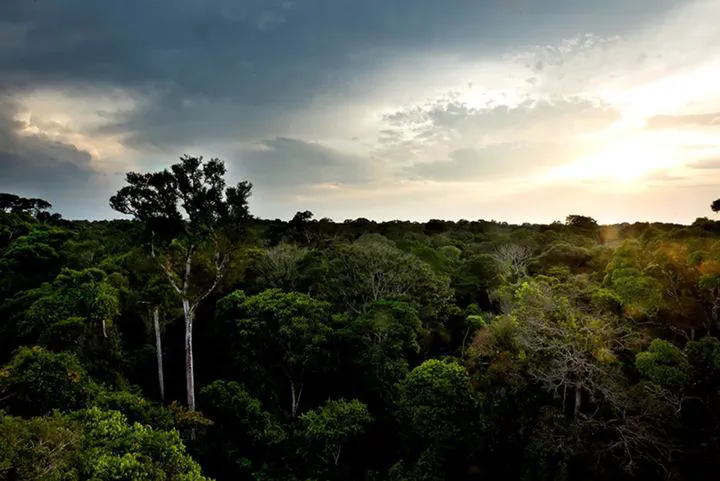Estimation of Evapotranspiration of Amazon Rainforest Using the Maximum Entropy Production Method

Abstract
Abstract Energy budget of Amazonian forests has a large influence on regional and global climate, but relevant data are scarce. A novel energy partition method based on the maximum entropy production (MEP) theory is applied to simulate evapotranspiration in Amazonia. Using site-level eddy flux data, the MEP method shows high skill at the hourly, daily, and monthly scales. Consistent performance under different levels of land surface dryness is revealed, hinting that drought signal is appropriately resolved. The site-level MEP-based estimates outperform the estimates of the Moderate Resolution Imaging Spectroradiometer evapotranspiration product, which is commonly used for large-scale assessments. At the Amazon basin scale, the two series yield similar averages but exhibit spatial differences. The parameter parsimony and demonstrated skill of the MEP method make it an attractive approach for environments with diverse strategies of water flux control.
Type
Publication
Geophysical Research Letters
Evapotranspiration is the exchange of water vapor between land and the atmosphere, and it is hard to measure and model. This study shows promise for its estimation over large, vegetated landscapes using Maximum Entropy Production theory.